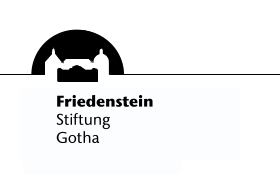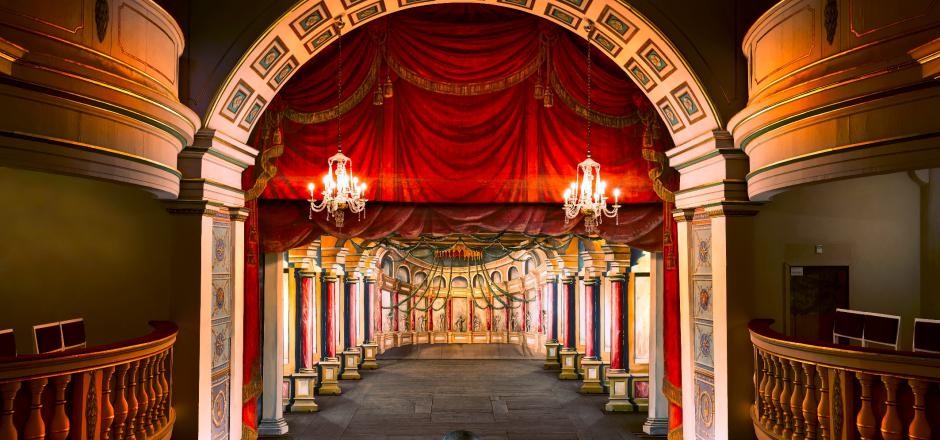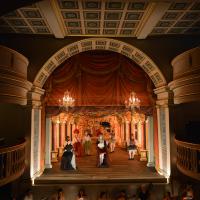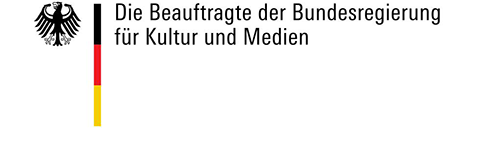The bell rings. The scenery trolleys spring creakily into action, new scenery comes up. In just eight seconds, the stage has changed. Wind and thunder are heard, the trapdoor opens – the Ekhof Festival has begun. For two months every year – July and August – the wooden stage machinery of the baroque Ekhof Theatre comes to life and enchants its audience. Between twelve and fifteen stagehands help create the illusion. The tour of Friedenstein Castle gives visitors an opportunity to marvel at this wonder of theatre history outside the fast sold out shows. In 1681, the baroque theatre acquired a world first: state-of-the-art scene-changing machinery by the Milanese set designer Giacomo Torelli. Since that time, theatrical and social history has been made in Friedenstein Castle’s western tower. Accessible at first only to members of the court, Gotha’s court theatre opened to members of the public in the 18th century and the Duke provided the actors with secure employment contracts, an innovation for the time. From 1775 the first German court theatre took shape here and Gotha’s court composer Georg Anton Benda “invented” the melodrama. The unjustly forgotten Conrad Ekhof, the “Father of German Stagecraft” and contemporary of Goethe, and August Wilhelm Iffland, one of his most famous pupils, were also closely linked with the theatre.
The Stage Machinery
The wings to the left- and right-hand sides of the stage stand on so-called “scenery trolleys”, which are found under the stage floor. The scenery can thus be moved back and forth along slits in the stage floor in plain sight of the audience. Three differently painted scenery panels stand one in front of the other, allowing three consecutive set changes. So that the wings, the backdrop, and the borders (which enclose the stage at the top) can be changed simultaneously, all the individual parts are connected to one another with a complex system of ropes and beams. The entire set can be changed within seconds. Special effects machines such as fly systems, trap doors, and thunder and wind machines complete the baroque theatre experience.
Conrad Ekhof and his Theatre
The year 1775 is significant for German theatre. In that year Duke Ernst II of Saxe-Gotha-Altenburg founded the first permanent court theatre in Germany, with a troupe in his employment that played exclusively in the castle theatre. The theatre’s doors were now open to paying members of the city’s public. Since 1774, Gotha’s court theatre had been under the direction of the visiting actor Conrad Ekhof (1720-1778), the “father of German stagecraft”. Gotha’s court made theatrical history in other ways, too: between 1774 and 1775, with his Ariadne on Naxos, Gotha’s court composer Georg Anton Benda “invented” the melodrama, a subsequently widespread style of musical theatre.
For the three years between 1775 and 1778, the court theatre was the centre of theatrical life in Germany. In memory of this golden age, the auditorium is painted in the colour scheme of 1775.
The Ekhof Festival
Castle Friedenstein’s baroque Ekhof Theater wakes from its hibernation for only two months a year. At every Ekhof Festival (July and August) a play is staged from between the 15th and 18th centuries, accompanied by concerts and theatre tours. The festival is brought to a spectacular close with the “Barockfest” in the last weekend of August. Sale of tickets for the following year starts on the 1st of November.














